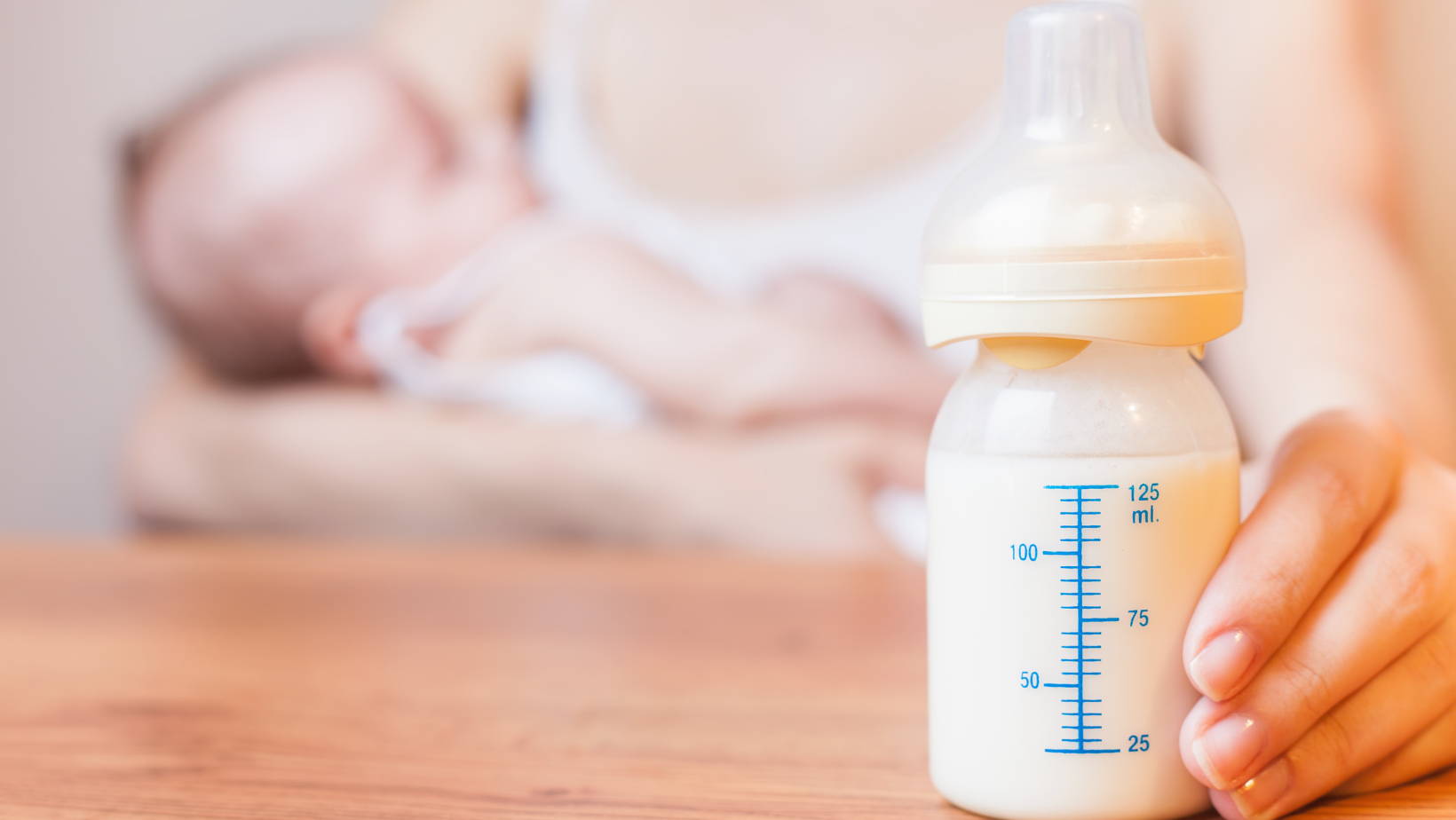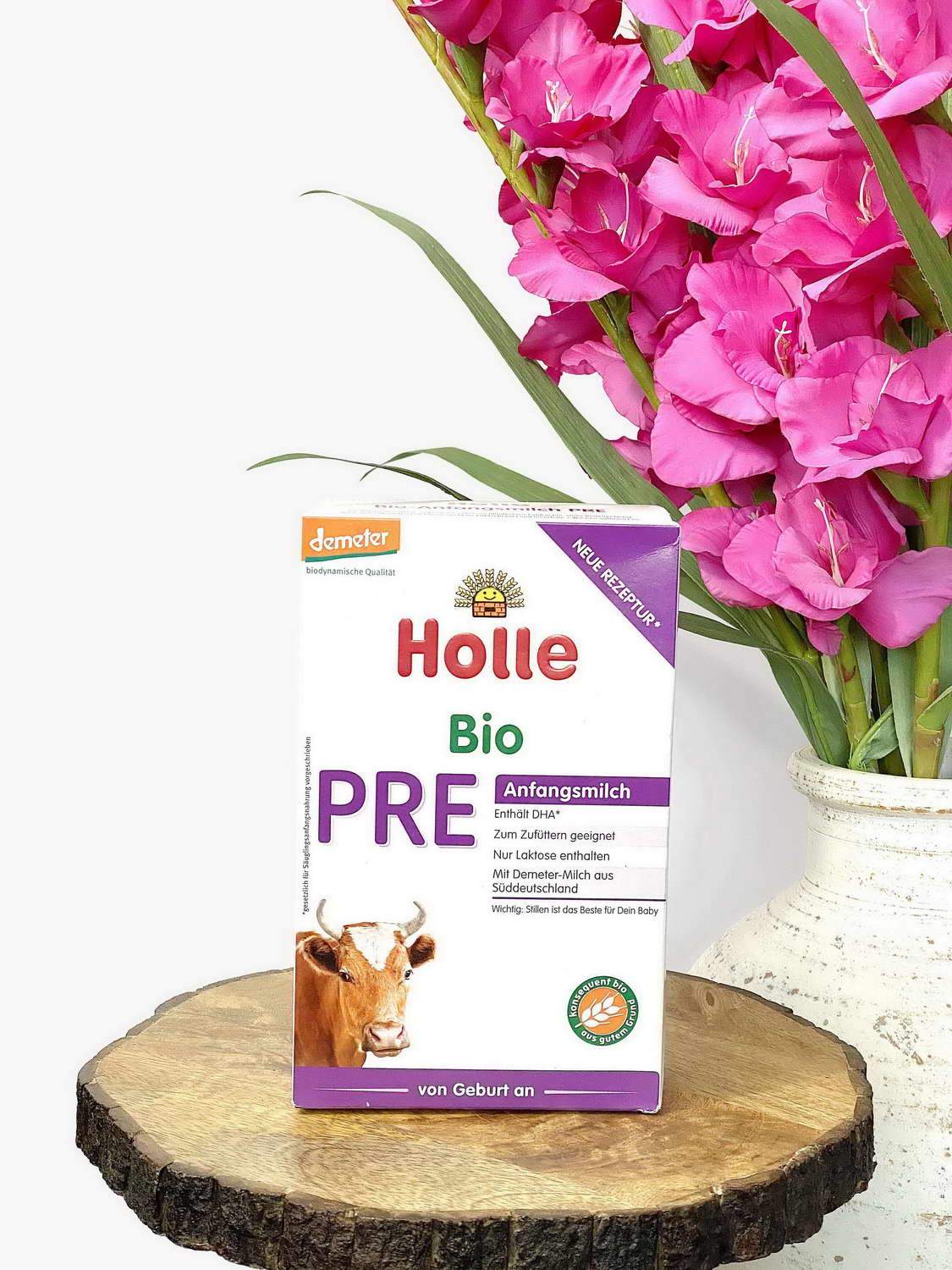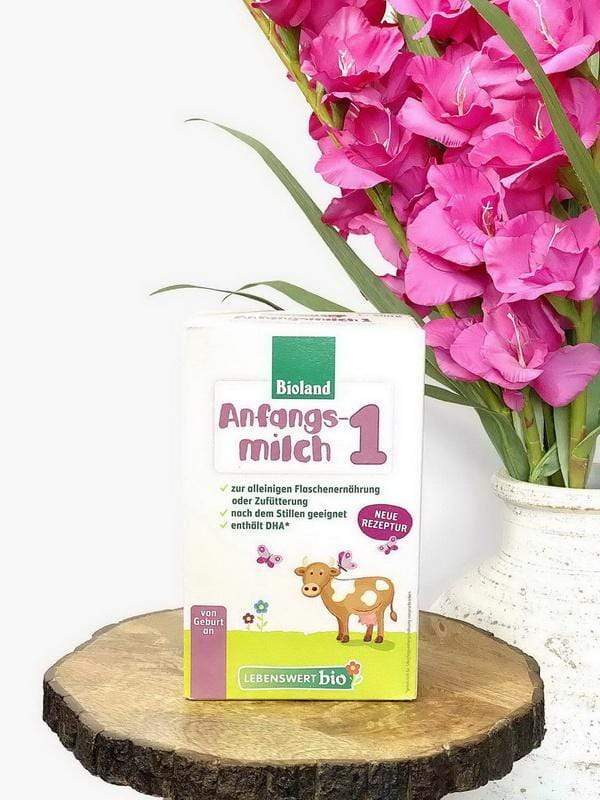Your cart is empty
Shop formulasYou have not added any favorites yet.
Shop formulasRecommended products

Everything You Need to Know About Bottle Feeding
Many mothers are not able to breastfeed or have their own reasons as to why they choose to bottle feed. What do I need? What do I need to know before I start bottle feeding? Here are a few tips and tricks to inform you more about the whole bottle-feeding process.
When it comes to bottle feeding, there are hundreds of options to pick from, which can oftentimes be the hardest choice to make. When choosing a formula brand and retailing company just like us for your baby, you should look at their best features. Ask yourselves questions like; Do I want to have an organic product, or am I looking for something hypoallergenic because my child is allergy prone? It is really about what kind of product you think best suits your baby’s needs.
PRE Milk is formula milk that mimics breast milk the closest out of other formulas since it is usually recommended to be given shortly after birth for mothers that bottle feed. If you already know that your baby will be bottle-fed from birth on, then it would be very helpful to bring your desired formula to the hospital with you. This way your baby can get used to the formula right away, and you won't end up with the crap they offer you at the hospital.
Most Infant formula is mixed with water and needs to be prepared by you unless you choose premixed formula. Regardless if you are bottle feeding your baby right from birth on or weaning to formula at a later time (let's say 3 Months), please remember that the water used for preparing your Babies' Formula has to be boiled and then cooled down to body temperature before serving. It is very helpful to boil a medium-sized pot of water in the morning and have it ready for the rest of the day. If you need water, you simply heat up the water until it’s reached a warm temperature. This process is done to prevent germs which may be in bottle or nipple, to be killed before feeding your baby.
One of the most important things to keep in mind is the measurements of the formula. Making sure you put the exact measurements recommended on the formula box or instructions is crucial. If you do not put enough water, then there is too much formula in the bottle that can cause problems later on. If you do not put enough formula, then your baby isn't getting enough nutrients. Therefore always make sure you follow the instructions (included in every order) using the right measurements to ensure safe feedings. See more preparation instructions here.
Skin contact is another important that cannot be forgotten when bottle feeding. When a mother breastfeeds, the baby feels protected and connected, this creates a bond between mother and child. If you are bottle feeding, you need to make sure to hold your baby close to you and allow skin contact.
As mentioned before, when picking your choice of formula for your child, you need to consider what kind of ingredients/nutrients you want for your child and choose from the options you have on our site. We are always trying to make more information available on our site and are your reliable one-stop organic formula source in the US.
















